Are you considering automating your Forex trading? If so, backtesting an Expert Advisor (EA) before live trading is essential. Backtesting can help you gauge the viability of a trading strategy, ensure that your EA is working properly, and develop confidence in your system before risking real money. In this comprehensive overview, we'll explore the key concepts and steps of backtesting an EA before live trading. We'll begin by discussing what exactly backtesting entails and why it's important for successful automated Forex trading. Then, we'll outline the steps for backtesting an EA—from setting up the environment to analyzing the results.
Finally, we'll discuss some tips to keep in mind when backtesting an EA. By the end of this article, you will be prepared to backtest an EA with confidence and get one step closer to automated Forex trading success.
Backtesting an EA Before Live Trading
is a critical step in the process of creating a successful automated trading system. It allows traders to test their strategies and EAs against historical data, and evaluate their performance before risking their capital in real-time markets. By backtesting an EA, traders can identify potential pitfalls and weaknesses in their strategies before risking real money.Backtesting is essential for developing a robust trading strategy, as it allows traders to analyze how well their strategy or EA would have performed in the past. By analyzing historical data, traders can determine which parameters and settings work best for their strategy or EA. This helps traders refine their strategies and make sure they are optimized for the conditions of the current market. There are various tools and platforms available for backtesting an EA.
Most trading platforms offer built-in backtesting capabilities that allow traders to quickly and easily test their strategies and EAs against historical data. Additionally, there are many third-party tools that offer more sophisticated backtesting capabilities. These tools usually offer more advanced features such as real-time optimization, portfolio testing, and automatic parameter optimization. However, it is important to be aware of potential pitfalls when backtesting an EA. One common pitfall is data mining bias, which occurs when traders find patterns in the historical data that do not actually exist in the live market.
To avoid this pitfall, traders should be sure to use a large enough sample size when backtesting their strategies and EAs. Another potential pitfall is overfitting, which occurs when traders create overly complex strategies that work well on the historical data but not in the live markets. To avoid this, traders should test a wide variety of parameters and settings when backtesting their strategies or EAs. In conclusion, backtesting an EA before live trading is an essential step in the process of creating a successful automated trading system. There are various tools and platforms available for backtesting EAs, but it is important to be aware of potential pitfalls such as data mining bias and overfitting.
Potential Pitfalls When Backtesting an EA
When backtesting an EA, there are a few potential pitfalls to be aware of.One of the most important is data mining bias, which occurs when the EA is overfitted to the data used in the backtesting process. This can lead to inaccurate results and unreliable predictions in live trading. Another potential issue is not accounting for slippage when backtesting an EA. Slippage is the difference between the expected price of a trade and the actual price at which it is executed. Not taking this into account can result in unrealistic results and invalid conclusions.
Finally, it is important to run enough simulations when backtesting an EA. This ensures that the results are statistically significant and can be used to make accurate predictions about future performance.
Why Backtesting an EA is Important
Backtesting an EA before live trading is essential for any automated trading system. It gives traders confidence in their system before they invest real money into it, and helps them gain a better understanding of their system's capabilities.Without backtesting, traders risk investing without fully understanding the system's potential for success or failure. Backtesting an EA provides traders with a wealth of insights into the performance of their strategy over time. It allows traders to identify potential issues with the system, such as overfitting, that could cause problems when trading live. Backtesting also allows traders to see how their system performs under different market conditions, allowing them to adjust parameters to improve the system's performance. In addition to helping traders understand the capabilities of their system, backtesting allows them to optimize their parameters for maximum performance. This helps traders to maximize their profits while minimizing their risk.
Backtesting also allows traders to reduce or eliminate emotional and psychological biases when trading, as they can evaluate trades objectively based on backtested results. Overall, backtesting an EA before live trading is critical for any automated trading system. It helps traders gain confidence in their system, optimize parameters for maximum performance, and reduce emotional and psychological biases when trading.
How to Backtest an EA
Backtesting an EA is a critical step in the process of creating a successful automated trading system. There are various software tools and platforms available for backtesting EAs, such as MT4 Strategy Tester and TradingView. To backtest an EA, there are a few steps involved, including setting up the parameters and running the test.To begin, users should download a platform that allows them to backtest their EAs. MT4 Strategy Tester and TradingView are two popular choices. Once the platform is downloaded, users can begin setting up their parameters. This includes selecting which currency pair to test, what time period to use, and what strategy settings to use.
After these parameters have been set, users can begin running the backtest. The backtest will generate a report that contains various metrics such as profitability, drawdown, maximum drawdown, etc. It is important to evaluate these metrics to determine if the EA is ready for live trading. Additionally, users should check for any potential issues or errors that could be causing the EA to not perform optimally. Backtesting an EA is an essential part of creating a successful automated trading system. By using a software tool or platform such as MT4 Strategy Tester or TradingView, users can easily set up their parameters and run the test.
Evaluating the results of the backtest will help users identify any potential issues with their EA before they start live trading. Backtesting an EA before live trading is an essential step in the process of creating a successful automated trading system. This article provided a comprehensive overview of why it is important, how to backtest an EA, and potential pitfalls to be aware of. The key takeaways from this article are that backtesting an EA is necessary to help identify any possible issues before trading with real money, that it is important to understand the potential risks and rewards associated with backtesting, and that it is important to do additional research before investing real money into a trading system. It is important for traders to understand the importance of backtesting an EA before live trading, and to do their own research before investing in any trading system. With the right knowledge and research, traders can ensure they are getting the most out of their automated trading systems.
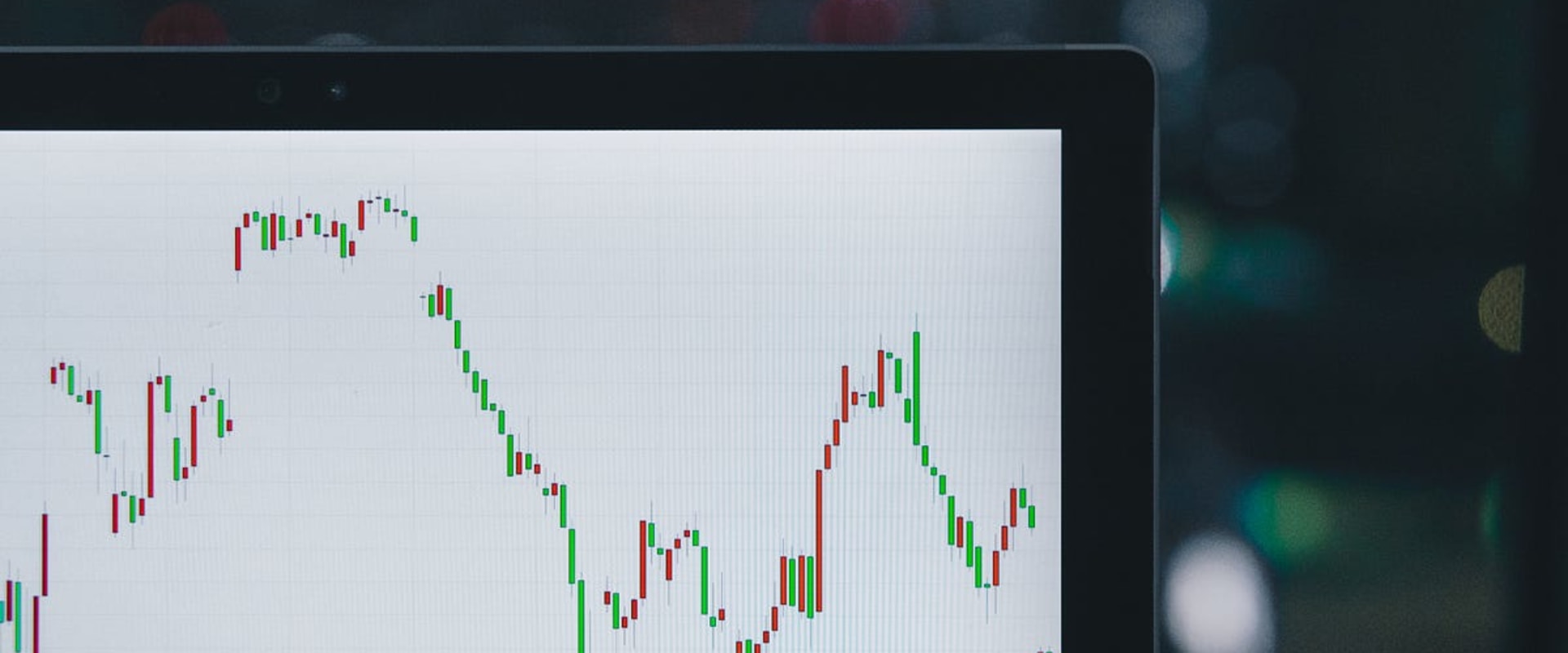
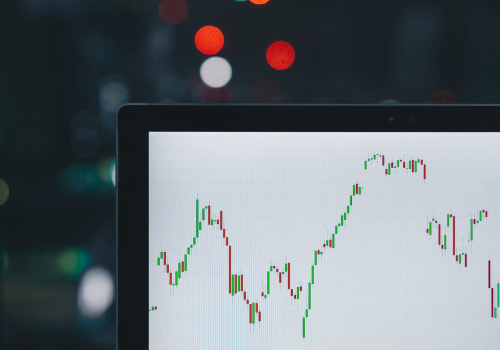
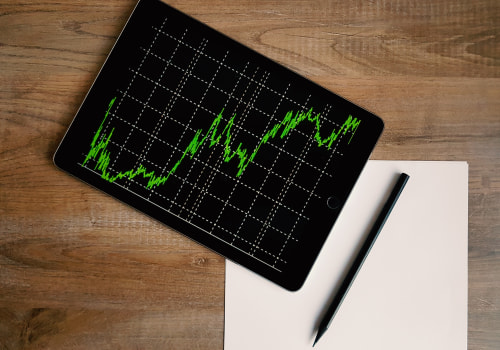
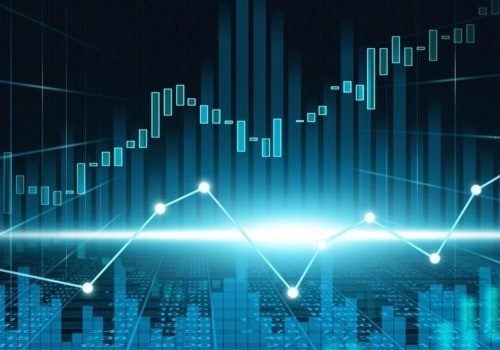

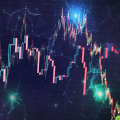

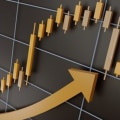
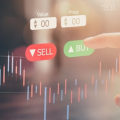

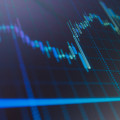

Leave Reply